Air compressors are imperative for business operations in multiple sectors, such as construction, automotive repair, or production. They are used to activate equipment and provide pressurized air for various purposes. Knowing the right size air compressor for your needs is key for optimal functioning.
For optimal performance, your air compressor needs to be tailored to your job’s requirements. Firstly, you must figure out the air flow and pressure needs – CFM and PSI – of the job or the tool you are using. The CFM and PSI specifications can be found in the tool’s manual or marked on its label. Armed with this knowledge, you will be able to select a properly sized compressor that meets your demands.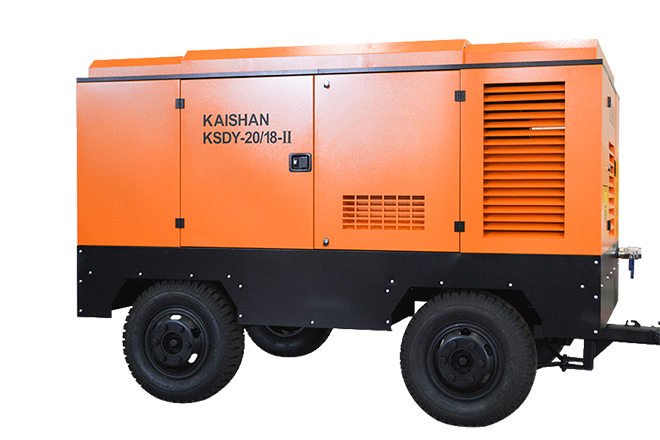
When it comes to choosing the right air compressor, it is important to consider the tools you will be using and their necessary air flow and pressure requirements. Fortunately, there is a wide array of options available ranging from small and transportable models for home and light industrial uses, to large, durable stationary sets designed for more demanding tasks.
When planning your purchase of an air compressor, tank size is a fundamental element to consider. Various volumes are available in the market, from 1.5 gallons for minor jobs, up to 80 gallons for more comprehensive projects. The diameter of the vessel should depend on the CFM and PSI of your tools, as well as the magnitude of your undertaking. When it comes to buying an air compressor, tank size is certainly something you’ll need to factor in.
When selecting an air compressor, it’s not just the tank size that matters. The horsepower rating plays a key role too. The higher the horsepower, the greater its ability to pump out air – meaning more power for bigger jobs.
If you’re shopping around for an air compressor, the type of motor you choose is a key factor. These devices can be powered by electricity, gas, or diesel. Electric air compressors are the most popular, and tend to use the least amount of energy. However, if you need more power, consider investing in a gas or diesel powered model – just keep in mind that they may consume more fuel.
It is essential to contemplate the financial burden of an air compressor. The prices available vary widely; air compressors can come at a bargain on the more frugal side, or on the bigger end of the scale, you may be looking at a few thousand dollars. Ensure that you adopt a unit that is economically viable but also potent enough to satisfy all of your requirements.
An air compressor can be a helpful addition to any workspace, but it’s not always easy to figure out how big it should be. To ensure you have one that meets all your requirements, consider the flow and pressure of air you need, the tank size, the power of its drive system, and how it fits into your budget. After all that, you’ll be well on your way to finding the perfect air compressor for you.
With countless air compressors on the market in an array of dimensions, finding one befitting your requirements might feel intimidating. Size is key here, so selecting the appropriate air compressor is immensely significant for your endeavor. From miniature, transportable machines to immense industrial versions, you will have abundance of sizes to pick from.
In order to make sure you get an air compressor that meets the demands of your projects, it’s important to consider what you’ll be using it for. Whether you need it for household tasks such as filling tires and running a nail gun or for tough jobs like sandblasting and operating a commercial pneumatic tool, having an understanding of the particular requirements for each task will help you select the right size air compressor.
Once you’ve determined its purpose, you can begin to assess the available air compressor sizes. Typical measurements are based on cubic feet per minute (or CFM). This outlines the quantity of air the compressor can produce in a certain stretch of time. A higher CFM means greater air delivery capability in the same length of time; thus it’s critical to take this into account when deciding upon an appropriate size.
Home projects will typically need an air compressor on the smaller side with a CFM rating of no more than 1, given its ability to successfully inflate tires or fire a nail gun. In contrast, industrial-level tasks like sandblasting or handling a commercial pneumatic tool may require a 10+ CFM rating for optimal results.
When it comes to air compressors, the tank size is an equally important factor as the CFM rating. Depending on what type of tasks you’ll be undertaking, you may require a larger or smaller tank. A tank with a higher capacity can store more air, which means your tools can run for longer periods without needing to wait for the compressor to refill. As such, if you have light-duty needs then a smaller tank would do, but if use of heavy-duty machinery is in the plan, then you should go for a larger sized tank.
As you look for an air compressor, it is paramount to take the CFM rating and tank size into account. By being aware of the purpose of the compressor and the size of its tank, you can work out which size is most suitable for your requirements. With the right-sized air compressor, you can finish the task quickly and skillfully.
Post time: 2023-07-25Related Product
Warning: Use of undefined constant rand - assumed 'rand' (this will throw an Error in a future version of PHP) in /www/wwwroot/www.sunritamachinery.com/wp-content/themes/msk5/single.php on line 69
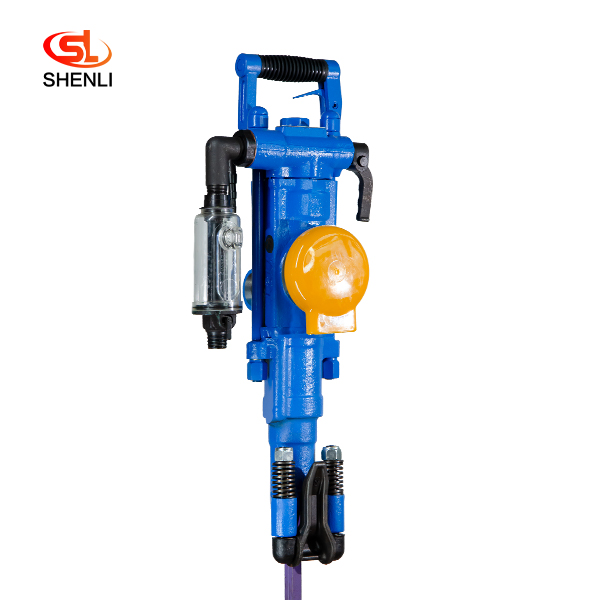
YT27 Air Leg Pneumatic Rock Drill
Short Description: The YT27 air-legged rock drill is a highly efficient lightweight rock drill suitable for downward or inclined drilling in medium-hard or hard (f=8 – 18) ro […]
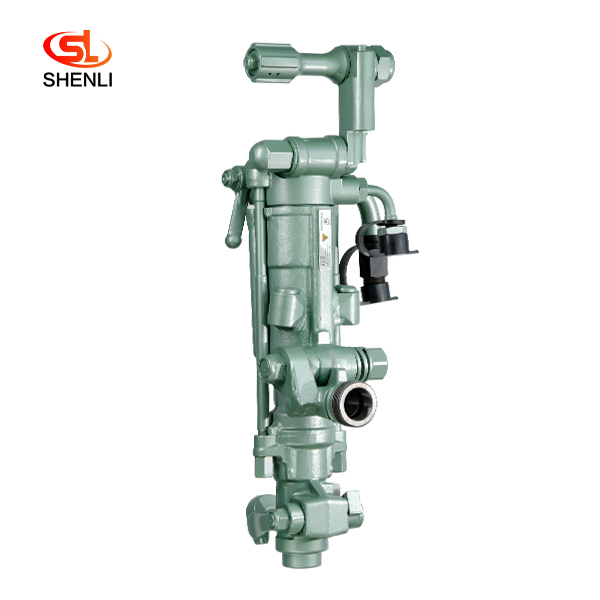
S250 Air Leg Pneumatic Rock Drill Pusher Leg Rock Drill
Product description: (S250 jackleg Drill) has been the preferred choice of miners who demand high performance, superior control and lasting reliability. the S250 jackleg allows ope […]
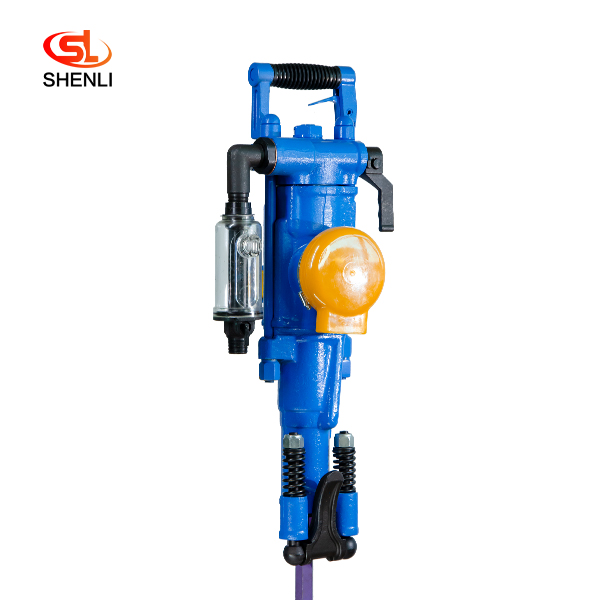
YT28 Pusher Leg Rock Drill
Short Description: The YT28 air-leg rock drill is a kind of high-efficiency, energy-saving and environmentally friendly rock drilling equipment. Compared with similar pneumatic pro […]
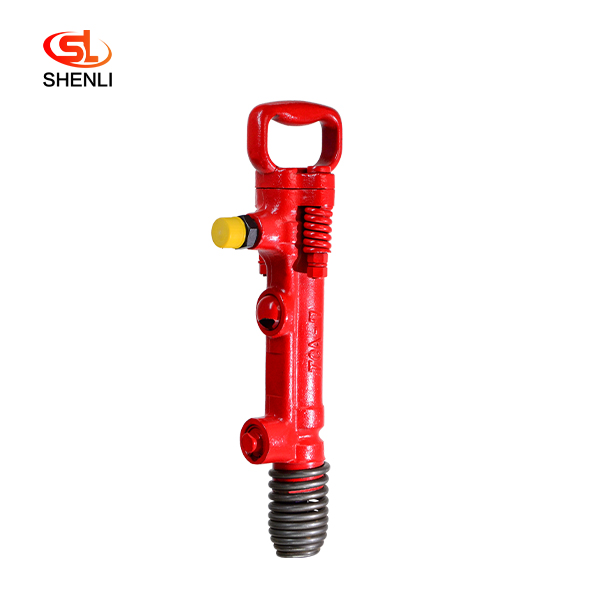
TCA7(G7)Pneumatic Pick Air Shovel Cement Crusher Pneumatic Chipping Hammer
Product introduction: Adopted Japan’s Toku technology, the air picks with proven forging technology are durable, lightweight and good performance, and easy to operate. Mainly […]
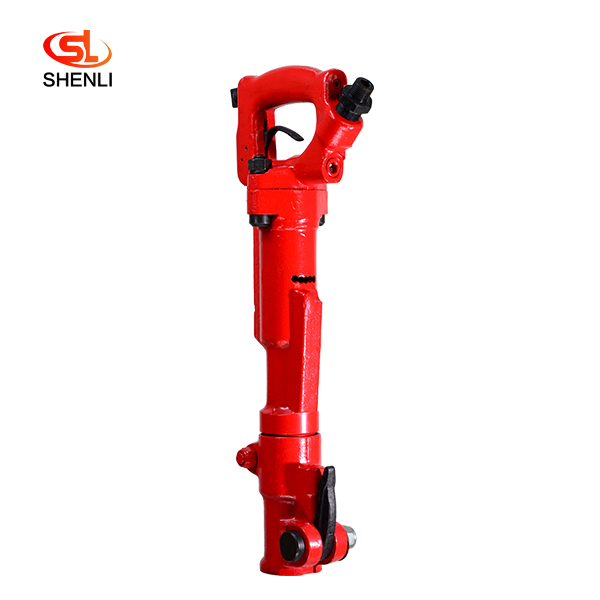
TCD20 Pneumatic Pick Air Shovel Cement Crusher Pneumatic Chipping Hammer
Product description: The TCD-20 pneumatic pick is powered by compressed air using Japan’s TOKU technology Crushing tools, features: lightweight, small size, large strike ener […]
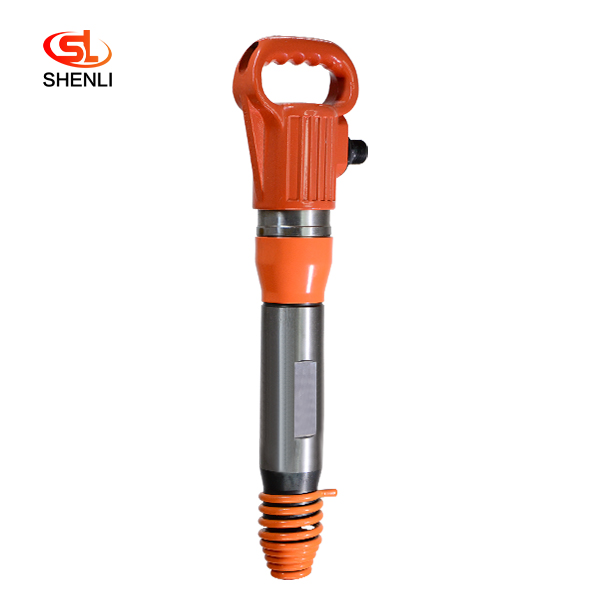
G10 Pneumatic Pick Air Shovel Cement Crusher
Product Description: The G10 air pick uses compressed air as the power tool, and the compressed air is distributed in two sections of the cylinder by the tubular distribution diver […]
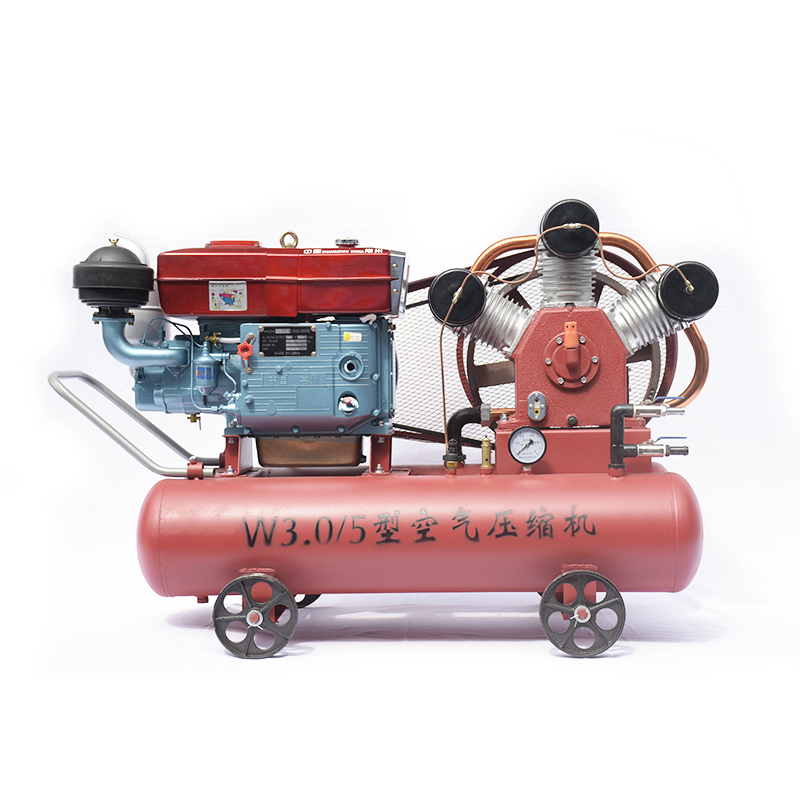
15kW Mining Diesel Piston Air Compressor W3.0-5
Diesel Portable Piston Air Compressor Mobile for Jack Hammer / Mining 1.Simple structure,light weight,easy to move . 2.Easy operating and maintenance. 3.High quality air delivery. […]
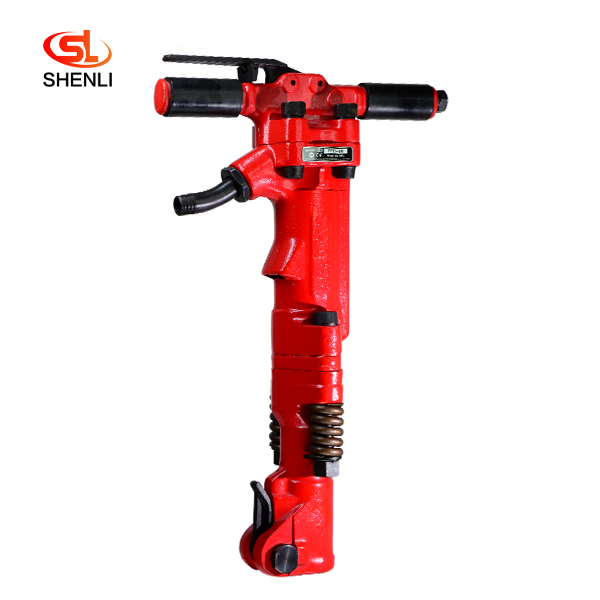
TPB6 Air Concrete Breaker Pneumatic Pick
Product introduction: TPB-60 crusher adopts the mature technology of TOKU Group, Is compressed air as the power of the crushing tool, can efficiently complete the reinforced concre […]
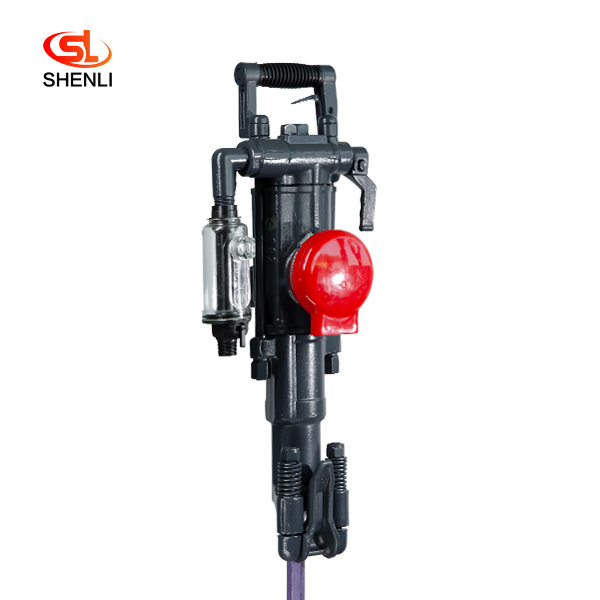
S82 Air Leg Pneumatic Rock Drill Pusher Leg Rock Drill
Scope of application: Model S82 air-legged rock drills are heavy-duty air-legged rock drills with high efficiency and low consumption, which are especially suitable for use in the […]